
The 1966 Zephyr and Zodiacs should have been good. They led a range that offered something for everyone - Anglia, Cortina, Corsair practically covered all the bases of the mass market, and although the mid-sized Corsair wasn’t exactly leaving the showroom, it was selling well enough not to be too embarrassed by the huge success of Anglia 105E and Cortina Mk1. In this climate of success, the 1962 Panda Project, which began to take shape as the next generation of Zephyr and Zodiac, was about to do well.
The all-new car (which it shared very little with its predecessor) was designed around Ford's new four-and six-cylinder Essex V-series engines, and should be longer and wider than before. The style would be bold as well - and, like the Corsair, it would reflect American thinking, not only in terms of dimensions, but also in details.
Roy Haynes - who would oversee the Cortina Mk2 and then Morris Marina for British Leyland - was involved in the design process, although the generous proportions, the appearance of a Mustang and the extremely long bonnet were an idea of the former Detroit man, engineer Chief Harley Copp. According to Ford's figures at the time, the resistance coefficient was 0.47, an industry average performance, but a 10% improvement over the Mk3.

To ensure that the vast expanse of space under the hood was filled, Copp suggested that the spare wheel be moved forward. His suggestion that it could be fitted between the engine and the radiator certainly improved the boot space, but it also helped to give the car a strange weight distribution. Even before launch, there was a concern within the Ford engineering team that the Zephyr 3008E had some "interesting" handling characteristics.
The late installation of the anti-roll bars in the race until launch helped to improve the steering / maneuvering balance of Britain's first Ford car with independent rear suspension by semi-trailer arm, but that would prove far from sufficient.
The Zephyr (3008E) and Zodiac (3012E) Mk4 range was introduced in the spring of 1966. As before, the main Zodiac models were treated with six-cylinder power, while the junior Zephyr (in price) Zephyr came with a choice of 1996cc V4 power and a 2495cc V6. The 2994cc Essex engine installed in the latest Granada and Capri was used exclusively for the Zodiac and Executive in the UK, although some export Zephyrs also received the largest power unit.
Standard equipment across the range included an adjustable steering column, which spares in the engine compartment, a heater and Aeroflow ventilation. At Zodiac plus, you also have electric window washers, two-speed cleaners, lighter, rev counter, clock, ammeter and reverse lights as standard. It was generously equipped - just what the market wanted.

Weeks after the initial inauguration, journalists were treated to an exotic launch in North Africa. Perhaps the location has helped car writers to look beyond dynamic uncertainties, because initial reports were far from unfavorable - with some surprise being expressed by style and proportions.
Only after the publication of the first road tests in the UK did it become clear that all was not well in the Ford field. To begin with, the new engines were not as smooth as the ones that were replaced - and while the V6's low and thick note was acceptable in the 2.5-liter form, the V4 used in the entry Zephyrs was actually quite an unfortunate beast.
On the positive side, Motor praised the performance of the Zodiac (0-60 mph in 11 seconds and a top speed of 105 mph) and the interior space. "The rear seat easily takes three people," he said. "And the legroom is generous." As for performance. 'Acceleration is certainly a hallmark of this new zodiac'.
Ford reacted quickly to extensive press criticism about driving and handling. In September 1967, he mounted radial canvas tires on V6 cars to improve grip, and this contributed to improving the heavier car. In addition, the power steering reached the Zodiac and Executive models, while the unattended cars had to settle for exceptionally laborious gears. On launch cars, which were fixed at 5.5 turns from lock to lock, but to improve the steering weight (and undoubtedly discourage witty driving), this was increased to 6.4 turns in the eyes!

Você não poderia acusar a Ford de não desenvolver o Zephyr e o Zodiac, então. E foi o mesmo com a linha de modelos, bem como com a engenharia que os sustentou. Apenas alguns meses após o lançamento dos bares, a Ford apresentou a versão de cinco portas no Salão Automóvel de Londres de 1966. Como antes, o freio de tiro foi realmente convertido pelos construtores de ônibus ED Abbott e criado pela adição de painéis sob medida a carros parcialmente acabados fornecidos pela Ford em suas instalações em Farnham.














































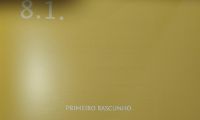





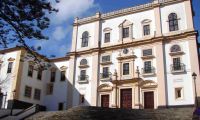








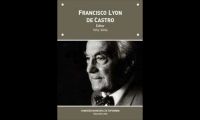







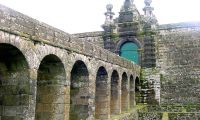



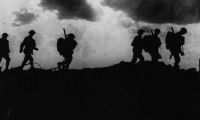





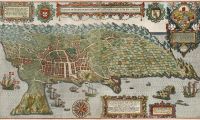

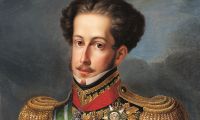


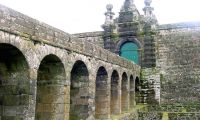
















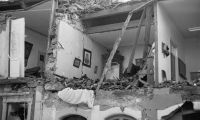





























































































































































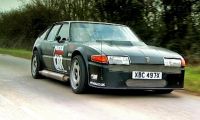




















































































































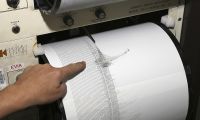





























































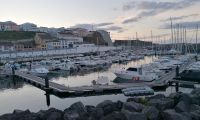


































































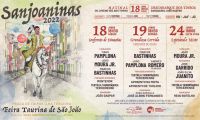











































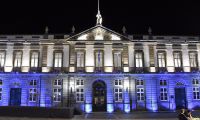

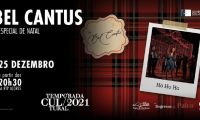
























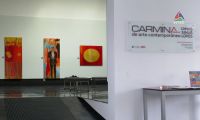


















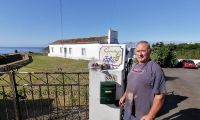


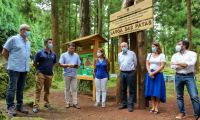



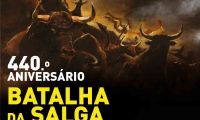







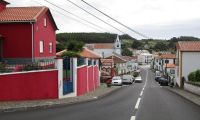




















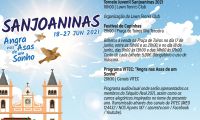












































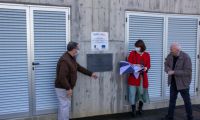


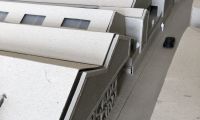




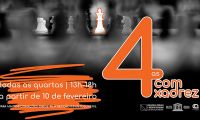
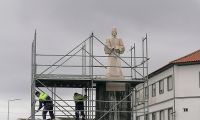





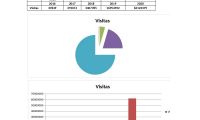





































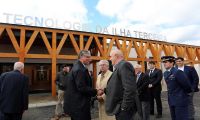






























































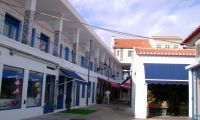




















































































































































































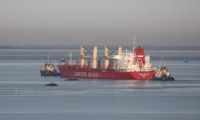


























































































































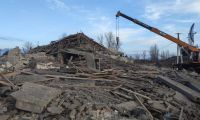












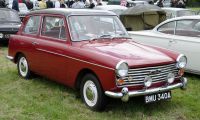



























































































































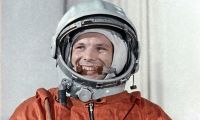

















































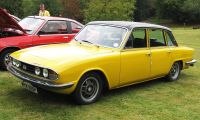
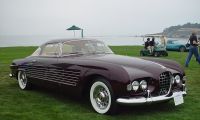










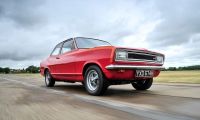
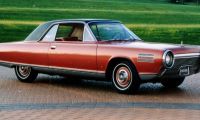













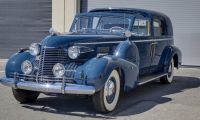
























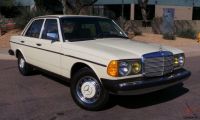






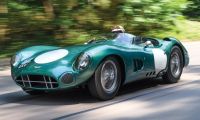
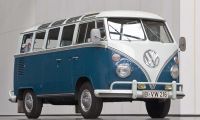





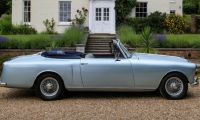

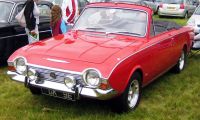









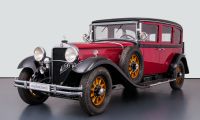




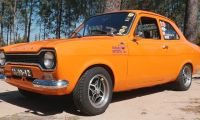








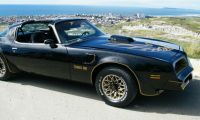







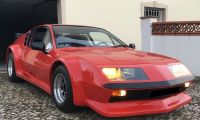




















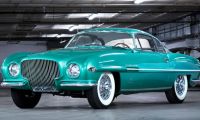











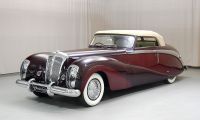


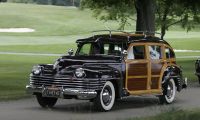



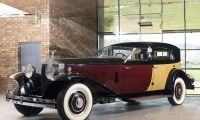



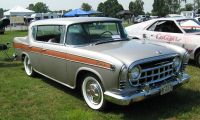




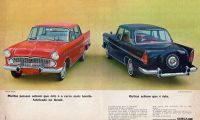















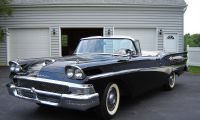

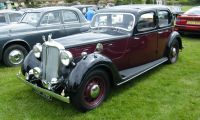










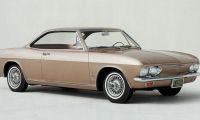








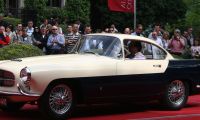




















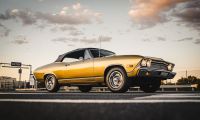






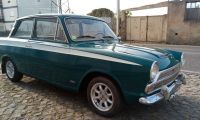






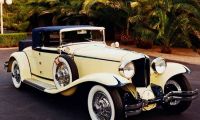



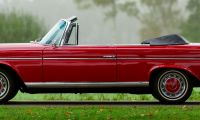



































































































































































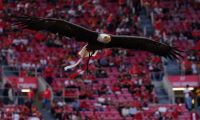





























 LINKS E SITES IMPORTANTES
LINKS E SITES IMPORTANTES


